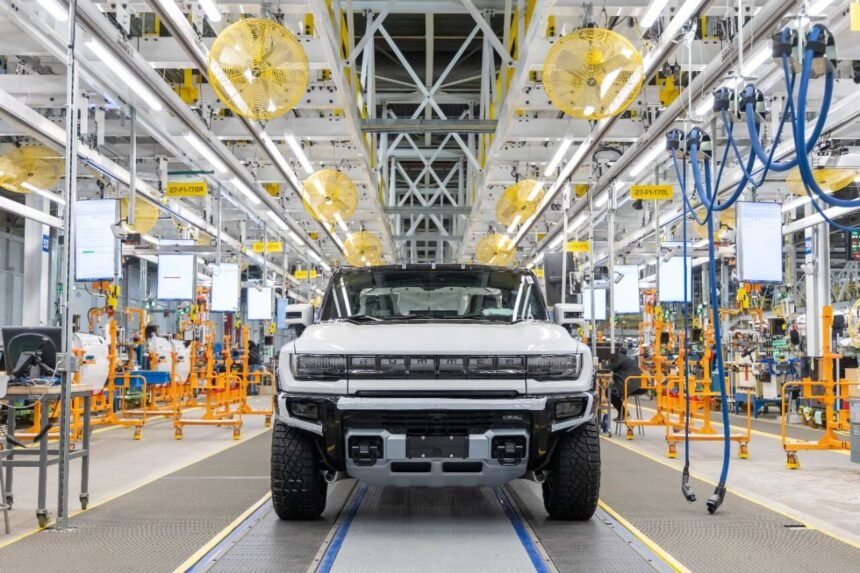The automotive industry in North America is currently facing significant disruptions due to potential tariffs on imported vehicles from Canada, Mexico, and mainland China. The U.S. government has announced tariffs of up to 25% on vehicles from Canada and Mexico, and 10% on vehicles from China. This decision comes amidst ongoing trade negotiations, creating uncertainty for the industry.
In 2024, the U.S. imported 3.6 million light vehicles from Canada and Mexico, representing 22% of all vehicles sold in the U.S. Mexico has become the largest source of U.S. light vehicle imports, surpassing Japan, South Korea, and Europe. If these tariffs are implemented, it could add up to $6,250 to the price of a new vehicle imported from Mexico or Canada. Importers are likely to pass on this cost increase to consumers, putting further strain on affordability.
Furthermore, if components and parts are also subject to the 25% tariff, vehicles produced in the U.S. with components sourced from Canada or Mexico would see a 25% increase in costs. This could disrupt production schedules and lead to a potential 30% decrease in production for high-exposure vehicles. Automakers may slow or halt production of vehicles produced in Canada and Mexico to protect profitability.
There is a 30% probability of an extended disruption lasting six to eight weeks, during which automakers may conserve inventory and limit discounts and incentives. However, most sales and production losses could be recovered within 12 months. The more dire scenario is a Tariff Winter, with a 10% probability, where tariffs on Mexico and Canada would be integrated long-term into the auto trade structures, leading to a decline in North American light-vehicle sales.
The uncertainty surrounding these tariffs is also affecting investment decisions and delaying the development of future vehicle programs. The automotive sector is advised to prepare for potential short-term disruptions, including production halts and supply chain bottlenecks. Consumers may also be more cautious about near-term discretionary purchases due to the uncertainty.
In conclusion, the automotive industry in North America is facing challenges due to potential tariffs on imported vehicles. The impact of these tariffs could lead to price increases for consumers, disruptions in production schedules, and a decline in competitiveness. It is essential for stakeholders to navigate these challenges and adapt to the changing trade landscape.







